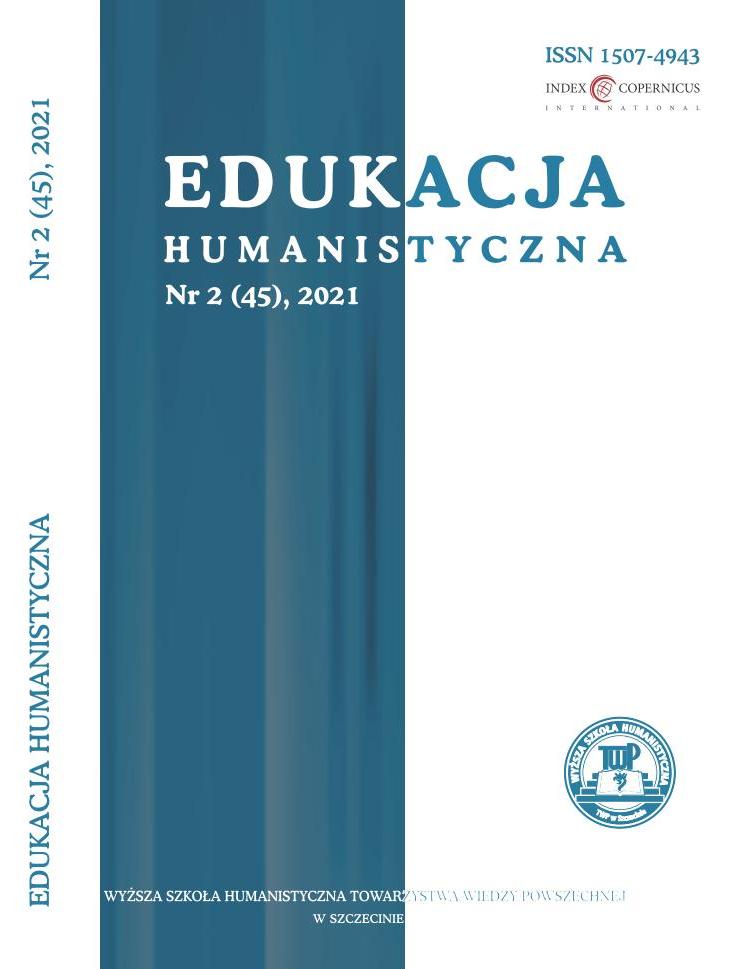Praca metodami aktywizującymi podczas zajęć z uczniami edukacji wczesnoszkolnej w szkole specjalnej
Working with active methods during classes with students of early childhood education in a special school
Author(s): Marzena BorowskaSubject(s): Social Sciences, Education, Preschool education, Pedagogy
Published by: Wydawnictwo OR TWP w Szczecinie
Keywords: active methods; early childhood education; teache; disability;special school;
Summary/Abstract: For many years we have been witnessing changes taking place in Polish schools. One of them was the method of transferring knowledge by awakening the students' cognitive curiosity, which would encourage them to explore the surrounding reality. In achieving such a noble goal are used, among others, active methods- which have recently experienced their "renaissance". On the other hand, the concept of including students with disabilities in mainstream education appears once again. The author of this study made an attempt to present whether and to what extent the active methods can be successfully used in work with students of early childhood education from a special school with a diagnosed mild intellectual disability, couplings (autism spectrum disorders, chronic diseases, motor disabilities, including aphasia) and in work with students at risk of social maladjustment, who follow the same core curriculum as in the case of students in the intellectual norm.The article has two parts: theoretical and empirical. In the theoretical part, with regard to the literature on the subject, it was explained what active methods are and what distinguishes them from traditional teaching methods. In the empirical part, based on the collected research material, the most often used active methods in work with early school education students from one of the special schools in the West Pomeranian region were prioritized. Special attention was also paid to the difficulties that often arise in working with this group of students.
Journal: Edukacja Humanistyczna
- Issue Year: 2021
- Issue No: 2
- Page Range: 127-141
- Page Count: 15
- Language: English, Polish

